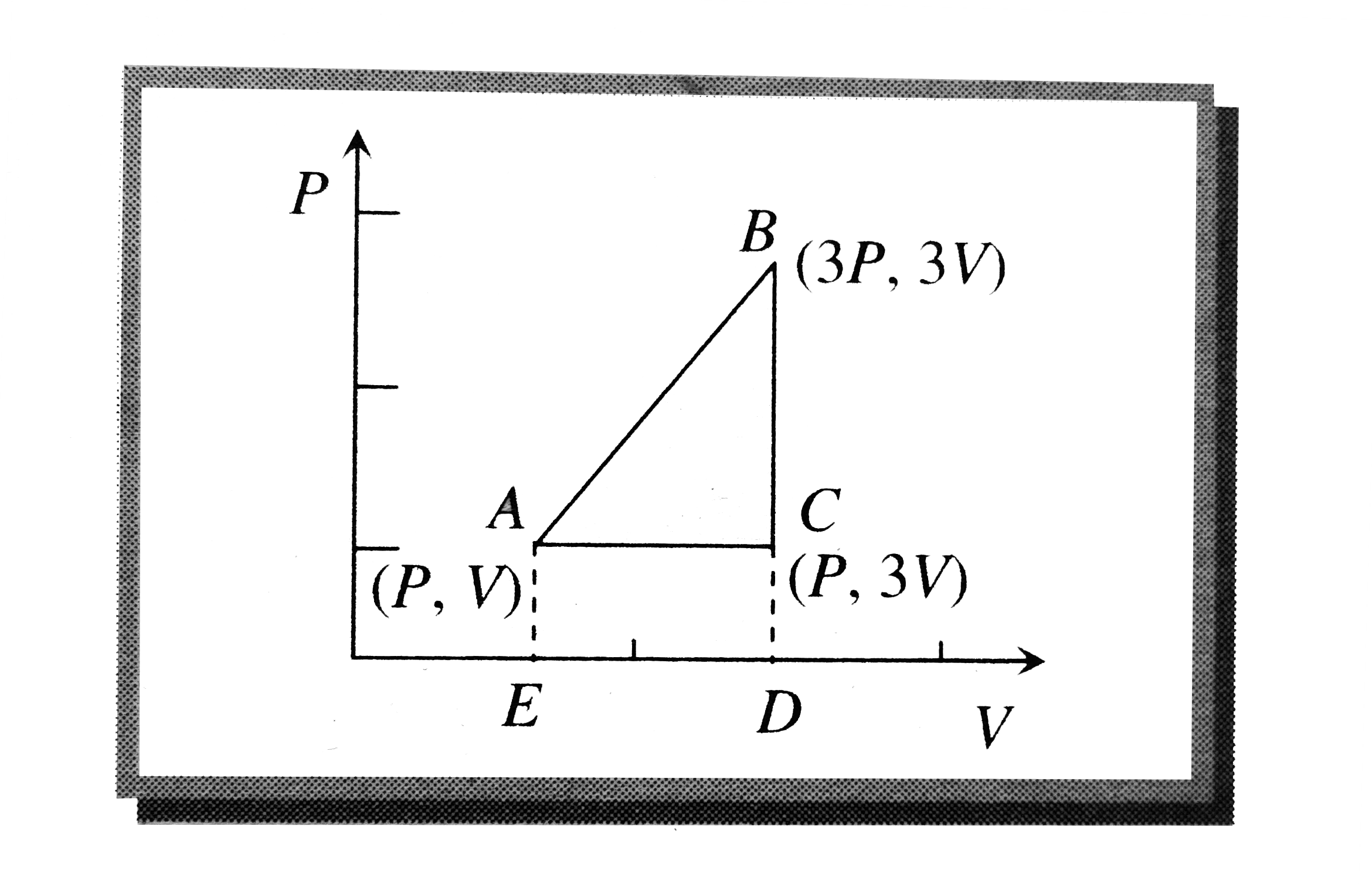Figure 21-34 shows a reversible cycle through which 1.00 mol of a monatomic ideal gas is taken. Assume that Pa, and . Calculate (a) the work done during the cycle, (b) the energy added as heat during stroke Volume abc, and (c) the efficiency of the cycle. (d) What is the efficiency of a Carnot engine operating between the highest and lowest temperatures that occur in the cycle?

Topper's Solved these Questions
- THE FIRST LAW OF THERMODYNAMICSBOOK - RESNICK AND HALLIDAYCHAPTER - THE FIRST LAW OF THERMODYNAMICSEXERCISE - PRACTICE QUESTIONS ( SINGLE CORRECT CHOICE TYPE )
48 Videos
- THE FIRST LAW OF THERMODYNAMICSBOOK - RESNICK AND HALLIDAYCHAPTER - THE FIRST LAW OF THERMODYNAMICSEXERCISE - PRACTICE QUESTIONS ( MORE THAN ONE CORRECT CHOICE TYPE )
9 Videos
- THE FIRST LAW OF THERMODYNAMICSBOOK - RESNICK AND HALLIDAYCHAPTER - THE FIRST LAW OF THERMODYNAMICSEXERCISE - CHECK POINT
8 Videos
- TEMPERATURE, ZEROTH LAW OF THERMODYNAMICS AND THERMAL EXPANSION BOOK - RESNICK AND HALLIDAYCHAPTER - TEMPERATURE, ZEROTH LAW OF THERMODYNAMICS AND THERMAL EXPANSION EXERCISE - PRACTICE QUETIONS (Integer Type)
4 Videos
- THE KINETIC THEORY OF GASESBOOK - RESNICK AND HALLIDAYCHAPTER - THE KINETIC THEORY OF GASESEXERCISE - PRACTICE QUESTIONS
72 Videos
Similar Questions
An ideal monoatomic gas is taken around the cycle ABCDA, wher co-ordinates of A, B, C and D on and D on P−V diagram are A(p,V),B(2p,V),C(2p,2V)andD(p,2V). Calculate work done during the cycle.
View SolutionA gas within a closed chamber undergoes the cycle shown in the p-V diagram of Fig. 21-26. The horizontal scale is set by Vs=8.0m3. Calculate the net energy added to the system as heat during one complete cycle.

View Solution
Knowledge Check
The figure shows P - V diagram of a thermodynamic cycle

The work done in the cycle isA2P0V0B3P0V0CP0V0D6P0V0An ideal gas is taken around the cycle ABCD shown in the PV diagram below. The net work done by the gas during the cycle is equal to
 A12P1V1B6P1V1C3P1V1DP1V1
A12P1V1B6P1V1C3P1V1DP1V1A reversible adiabatic path on a P-V diagram for an ideal gas passes through state A where P=0.7×105N/m2andv=0.0049m3. The ratio of specific heat of the gas is 1.4. The slope of path at A is
A2.0×107Nm−5B1.0×107Nm−5C−2.0XX107Nm−5D−1.0×107Nm−5
An ideal gas is taken around the cycle ABCD shown in the PV diagram below. The net work done by the gas during the cycle is equal to

View SolutionAn ideal gas is taken around ABCA as shown in the p-V diagram (below). The work done during a cycle is

View SolutionAn ideal gas is taken around ABCA as shown in the above P−V diagram. The work done during a cycle is

View SolutionAn ideal gas undergoes a four step cycle as shown in the P-V diagram below. During this cycle heat is absorbed by the gas in

View SolutionAn ideal monatomic gas is taken round the cycle ABCDA as shown in the P-V diagram. The work time during the cycle is

View Solution
